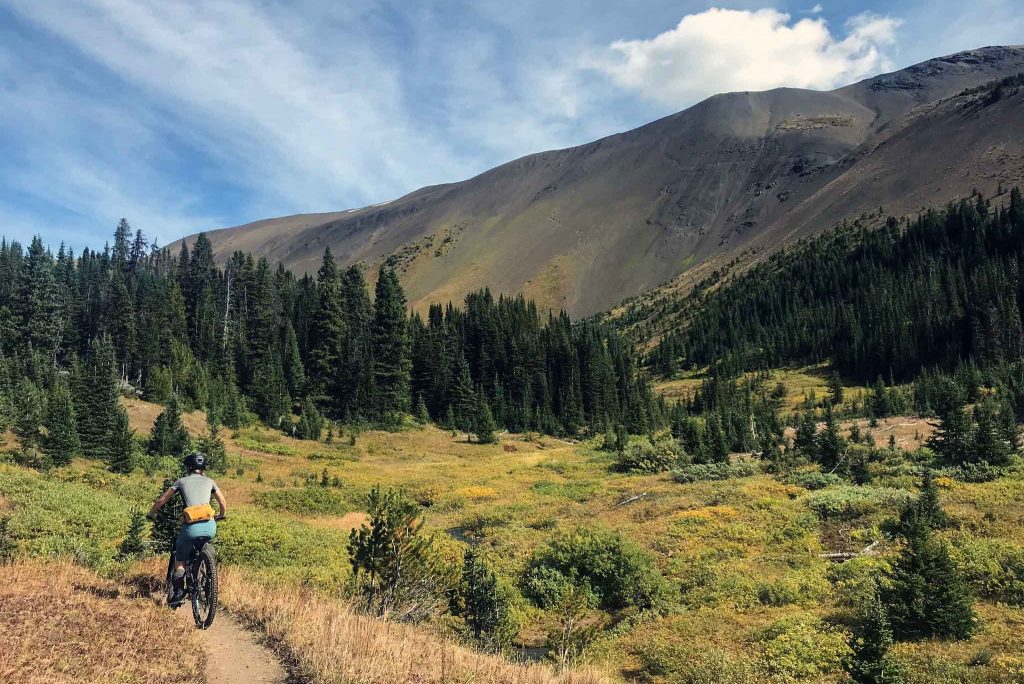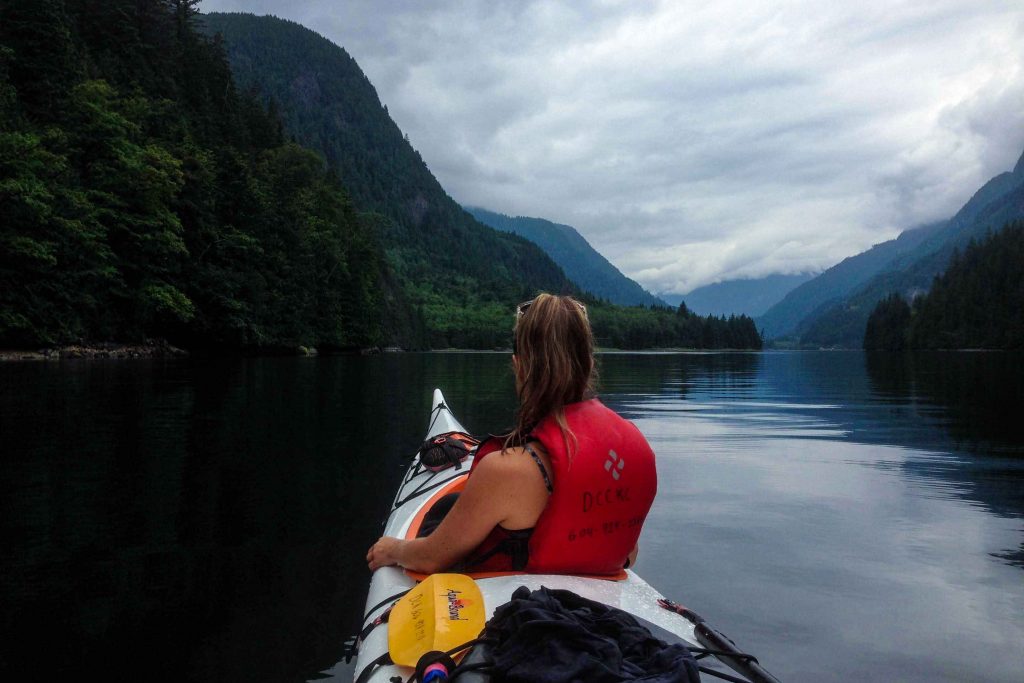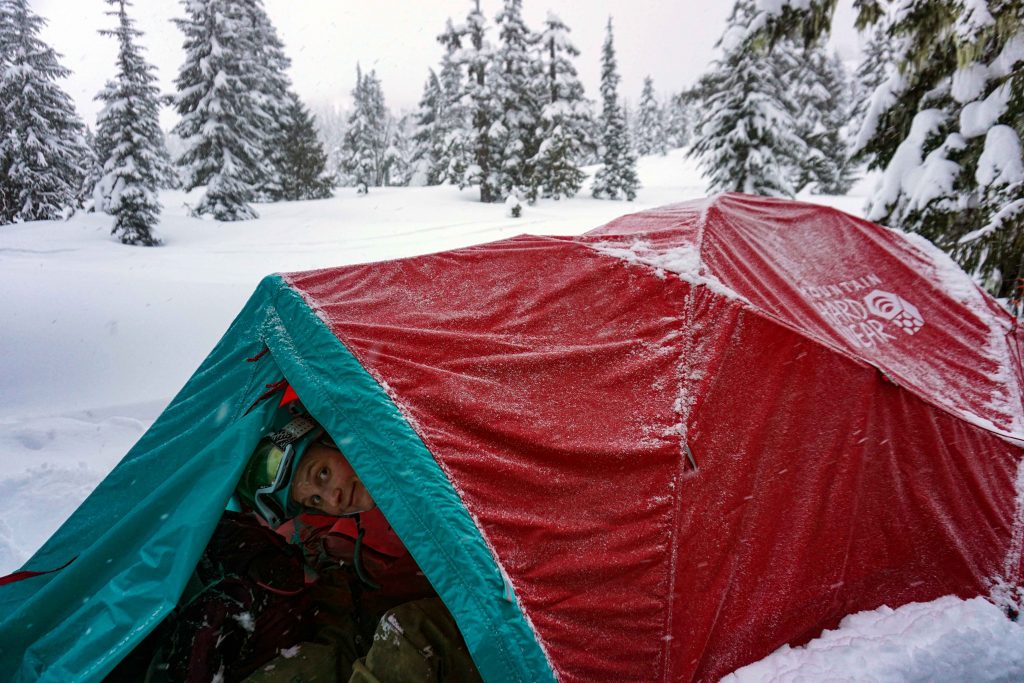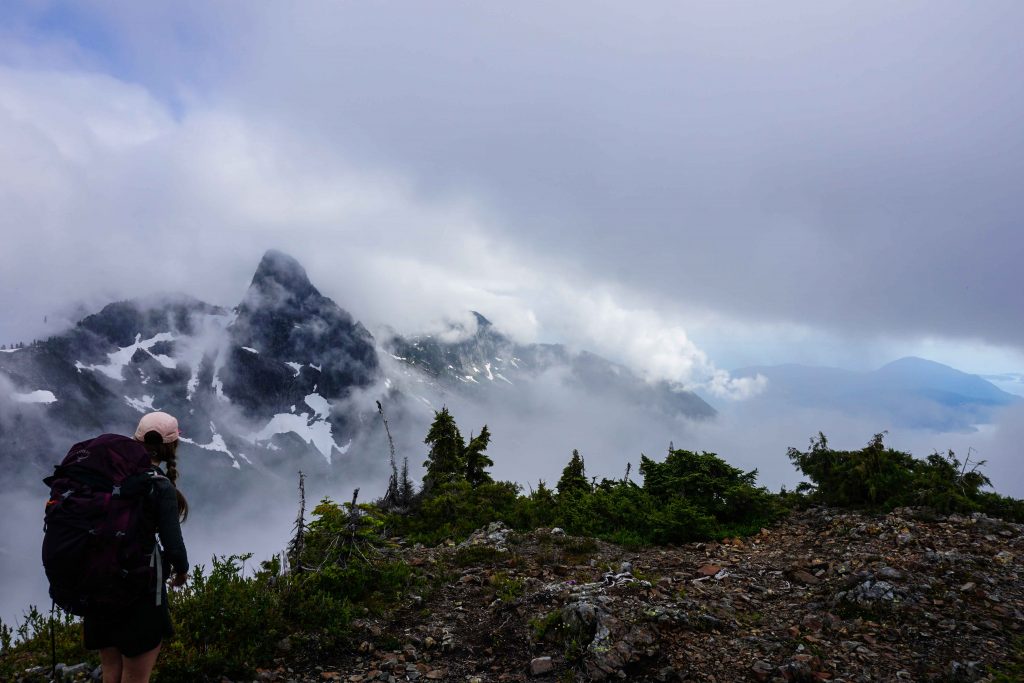Mountain biking is so very different from any other kind of cycling. You’re on a piece of equipment that looks just like a bike (ok, it is a bike). But you’re then expected to roll over rocks, slide over roots and traverse slippery wood features. There are uphill bits, downhill bits and cross-country bits. There are technical trails and flow trails. You have to learn cornering, jumps and drops. And each is a specialist skill in its own right.
All of this can be seriously overwhelming for a beginner mountain biker. But there comes a moment when it all starts to click. When you start to realise what you – and your bike – are capable of. There’s a light-bulb moment and you wonder: why did nobody tell me that before? Maybe because to a seasoned mountain biker, it seems obvious. But for a beginner, nothing’s a given.
So, to speed up your learning curve, here are 10 things that every beginner mountain biker should know.
1. Your bike is designed for the terrain
You probably wouldn’t ride your road bike up to a log and expect to roll over it. It’s just not designed to do that. But a mountain bike is! Mountain bikes are built specifically for the terrain you’re riding. That root in front of you? Your bike will go over it. That lumpy looking rock? No problem. Trusting your bike is such a big step and it’s probably the first hurdle you’ll need to overcome.
2. Momentum is your friend
Having said that, your bike isn’t going to ride roughshod over the trail if you’re at a complete standstill. You need to keep some momentum. Otherwise, your front wheel simply isn’t going to make it over that root, or whatever it might be. Now, that doesn’t mean you have to go hell for leather. But there is such a thing as going too slowly. By keeping a bit of pace, everything will feel much smoother.
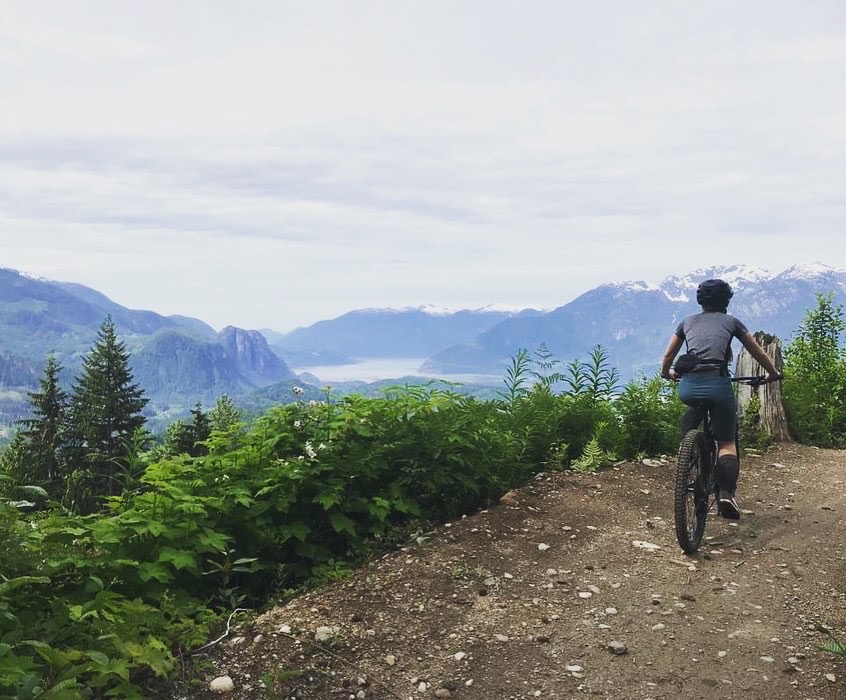
3. You need to set your bike up properly
Getting a bike which fits your body size important, or you’ll either feel like you’ve got too much bike or too little bike. Every brand is different, so if you’re in the market for a bike, try a few and see what fits you best. After that, the main consideration is to set your sag. This is when you set your suspension according to your weight. If you’ve rented a bike from a shop, they’ll probably do this for you. If your sag is wrong, it makes everything feel like concrete.
4. There’s a right and a wrong body position
If there’s one thing to work on in the early days of your mountain biking career, it’s your body position. Get this right and you’ll be safe. Get it wrong and you risk flying over the handlebars. If you don’t have a willing friend or partner to show you the ropes, you could sign up for lessons. Or, search ‘mountain biking neutral position’ online and watch some tutorials.
In short, when you’re going downhill you need to stand up (and your saddle should be down). You pedals should be level and evenly weighted, with your heels slightly dipped. Your legs should have a slight bend in them and your knees should point outwards, like a cowboy or a frog. Then you want to hinge forwards from your hips, as though you’re going to do a deadlift in the gym. Keep going until your chin is in line with the handlebar stem. Grip your handlebars, keeping a bend in your elbows, and place your index fingers over the brakes.
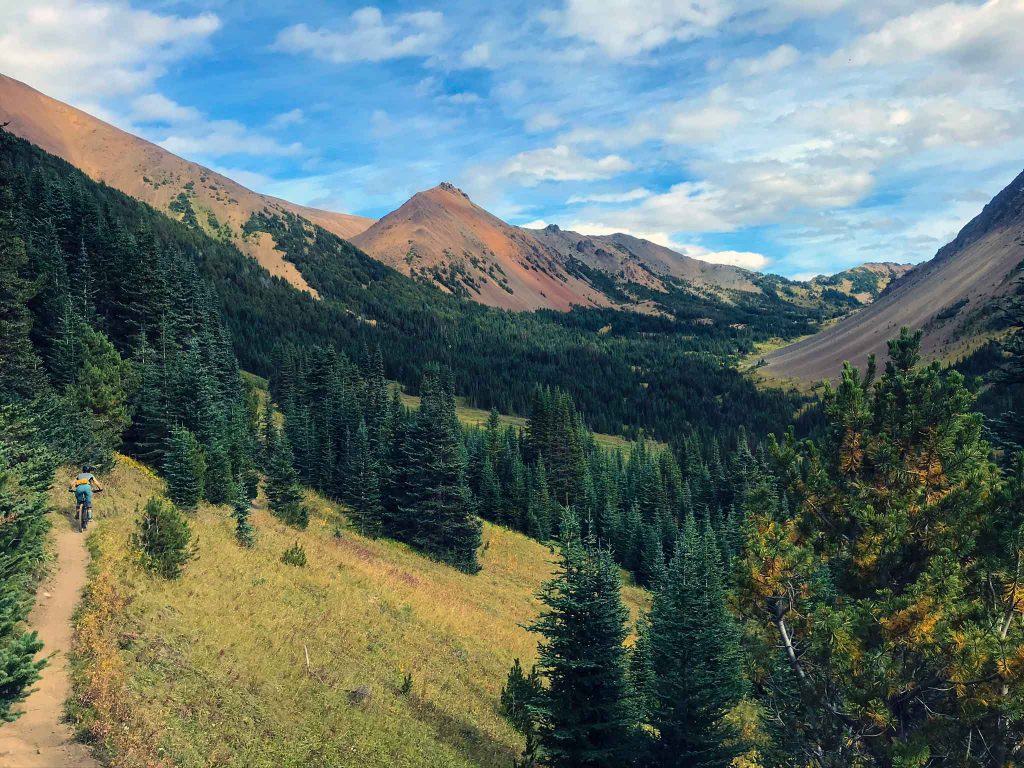
5. Stay loose
As if this wasn’t enough to think about, there’s another vital ingredient to the perfect body position: staying loose. If you’re rigid, you can’t move your bike around underneath you. Nor can you respond to the trail, just swerving to avoid a stray stone. By having those bent elbows and cowboy legs, you and the bike can move independently of each other. This is easier said than done when you’re scared out your wits, but try to relax – it really helps.
6. Braking is an art form
When you’re going downhill, you want your index fingers to be on your brakes at all times. But rather than hovering your fingers over them, you actually want to gently squeeze them until they’re almost on. It’s hard to describe, but the idea is that you don’t want to slam on your brakes. Mountain bike brakes are powerful and if you suddenly jam them on, you’ll probably go over the handlebars (OTB, as the lingo goes). By having them at the ‘biting point’, you can lightly feather your brakes as and when they’re needed. This is known as modulating your brakes.

7. Remember to look ahead
This sounds like a silly thing to say, but remember to look ahead – and look in the direction you’re going. There will always be obstacles on the trails that you need to avoid. But if you start looking at that obstacle, it becomes much more likely that you’re going to hit it. Consider a corner that’s got a giant rock to the side. Don’t fix your gaze on the rock. Instead, focus on the corner. You might just find that you get round it without a second thought.
8. It’s not just about the downhill
This won’t be true for everyone, especially those who have a downhill bike and are planning only on doing shuttles or going to the bike park. But for everyone else, mountain biking involves going uphill too. Climb trails present their own set of challenges and this is something to work on, just as much as the downhill. In fact, climb trails are great at improving your bike balance, something which will benefit every aspect of your riding.
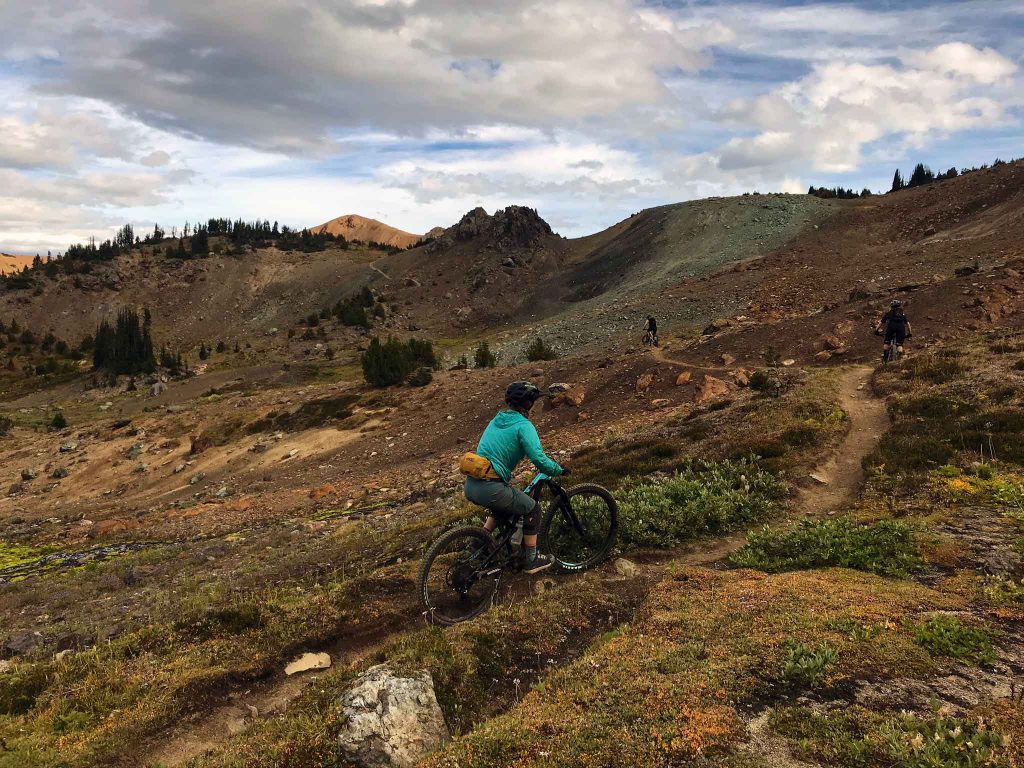
9. Everyone’s different
Learning a new sport is humbling. It’s also very frustrating. It’s tempting to compare yourself to other beginners and wonder why they’re so much better than you. But remember that everyone’s different. Moreover, everyone’s got their strengths and weaknesses. You might be terrified of wood features, but others might secretly fear technical trails. This is your journey of progression and you can take it at your own pace.
10. Persistence is key
As with any sport, persistence is undoubtedly key. Being a beginner mountain biker is no easy task. It can take a lot of blood, sweat and tears before you start to feel confident on the bike. But you will get there – it just takes time and patience. You might look at a trail for the first time and think: “no way, not ever”. Then you might look at it a second time and think: “hmm maybe’. Then you might look at it for the third time, or the 33rd time, and decide it’s not so scary after all. This is the process that all mountain bikers go through. By all means, set some goals. But just know that it may take a while to reach those goals. So long as you’re having fun in the meantime, that’s all that matters.

